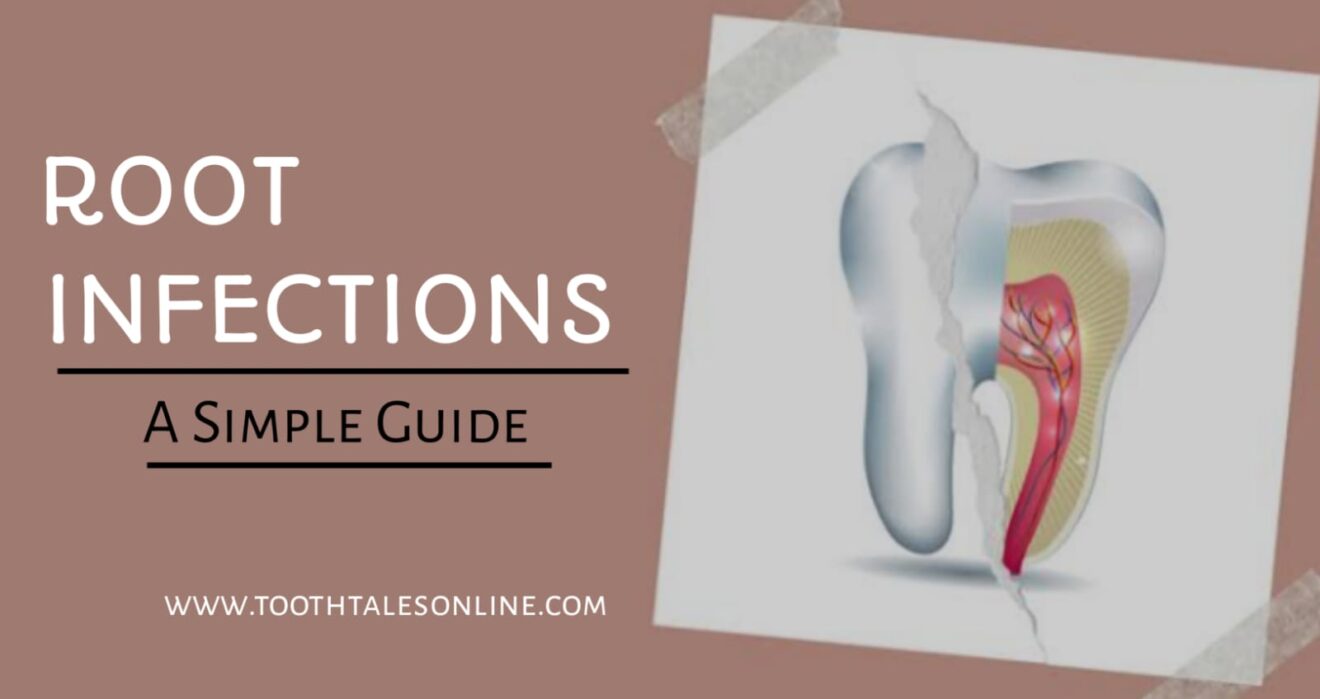Introduction:
Root infections in human teeth can be a painful and concerning dental issue. This guide aims to explain this condition in easy words, helping you grasp the basics of what root infections are, their causes, symptoms, and possible treatments.
What is a Root Infection?
A root infection occurs when harmful bacteria invade the innermost part of a tooth, known as the pulp. The pulp contains nerves, blood vessels, and connective tissues that keep the tooth alive. When bacteria penetrate this area, it can lead to inflammation and infection.
Causes of Root Infections:
- Untreated Cavities:
Cavities are holes in the teeth caused by decay. If left untreated, they can reach the pulp, leading to an infection.
- Gum Disease:
Periodontal problems can expose the roots of teeth, making them vulnerable to infection.
- Poor Oral Hygiene: Inadequate brushing and flossing allow bacteria to thrive, increasing the risk of root infections.
Symptoms: Common signs of a root infection include:
- Severe toothache, especially when chewing or applying pressure
- Swollen and tender gums
- Pimple-like bump on the gums (abscess)
- Sensitivity to hot or cold temperatures
- Discolored tooth
Treatment Options:
- Root Canal Therapy:
This involves removing the infected pulp, cleaning the root canal, and sealing it to prevent further infection.
- Antibiotics:
Prescribed to control and eliminate the infection.
- Tooth Extraction:
In severe cases, when the tooth cannot be saved, extraction may be necessary
Prevention: To prevent root infections, practice good oral hygiene:
- Brush your teeth twice a day with fluoride toothpaste.
- Floss daily to remove plaque between teeth.
- Visit your dentist regularly for check-ups and cleanings.
- Address dental issues promptly, such as cavities or gum disease.






















Add Comment